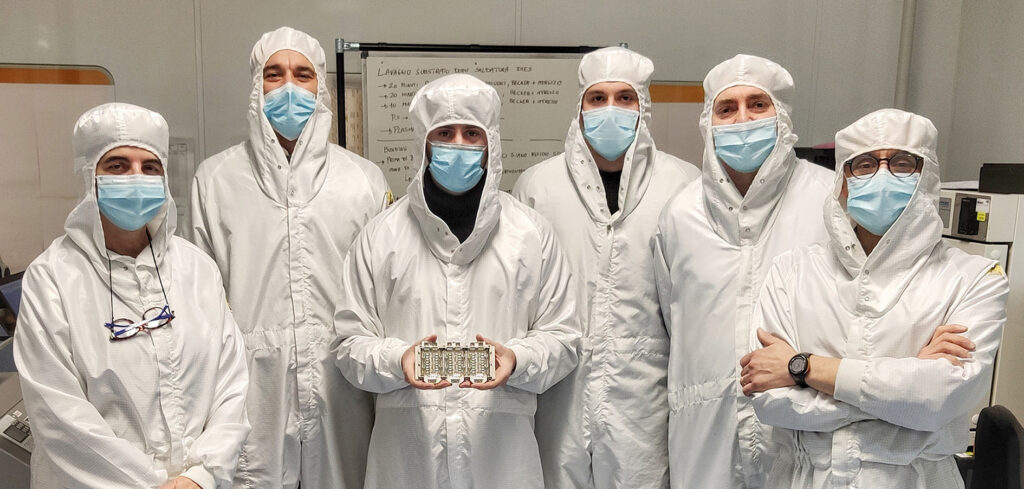Italian automotive electronics specialist Marelli has launched a silicon carbide (SiC) power module for use in motorsport electric and hybrid traction applications, featuring what it calls an innovative direct cooling solution.
The module, called the EDI (Enhanced Direct-cooling Inverter), was developed by Marelli Motorsport in conjunction with the Fraunhofer Institute for Reliability and Microintegration IZM. It features a structural design that is claimed to drastically reduce the thermal resistance between the SiC components and the liquid coolant, thanks to a new baseplate-less solution. The result, the company says, is an extremely compact power stage, which can exploit the efficiency advantage of SiC, allowing vehicle designers more flexibility in packaging, cooling system design and minimized energy storage.
Compared with a silicon-based design of the same rating, Marelli says the new technology enables conversion efficiencies of up to 99.5%, a 50% reduction in weight and size, and 50% higher heat dissipation into the cooling system.
The company says that the EDI power module, which was produced in the clean room of the Marelli Corbetta facility in Italy, has already successfully undergone a series of reliability qualification tests for motorsport mission profiles, to assess the robustness of the design when subjected to thermal cycles, switching tests and pressure cycles.
“Being at the forefront of motorsport technologies requires a continuous drive for innovation, based on constant research for the most efficient materials and solutions,” said Riccardo De Filippi, senior vice president and CEO of Marelli Motorsport. “At Marelli Motorsport, our mission is to promote technological advancements that can first of all be decisive on racetracks, and at the same time enable next-generation technologies for the road cars of tomorrow. Specifically, in the electric powertrain field, we can build on our strong experience as a pioneer of cutting-edge solutions for F1 and Formula E, as well as an early adopter of SiC technologies.”



